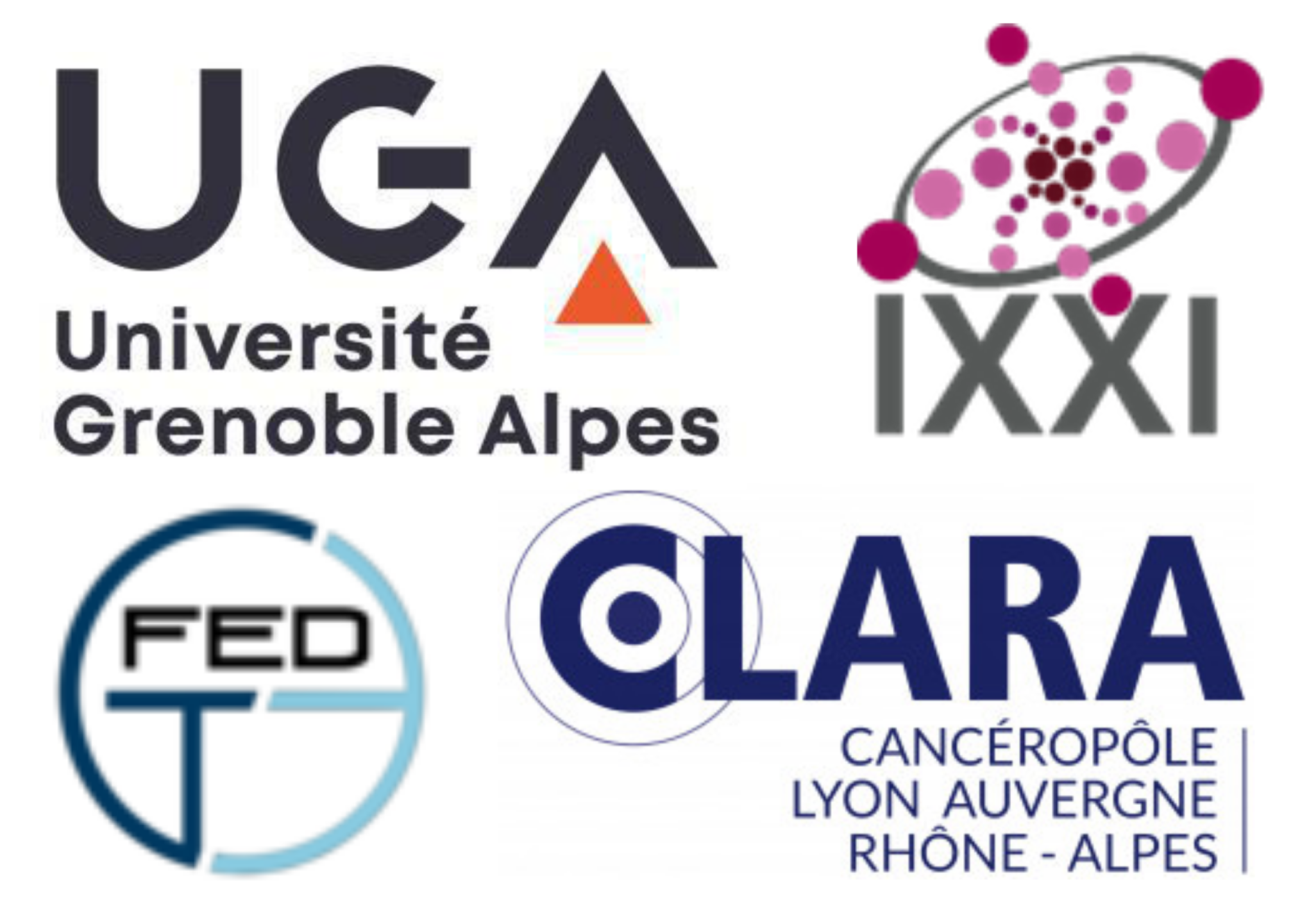The extracellular matrix (ECM) is a fundamental regulator of the cell adhesion behavior, which is essential for the most fundamental processes in life, such as embryonic development, wound healing, and tumor invasion. Here, we present a computational model, based on the clutch model [1,2] and a 1D active gel model [3], to describe the response of cells to the ECM composition and viscoelasticity. First, we analyze how matrices with different composition establish differential mechanical linkages between the ECM and the keratin and the actin cytoskeleton. The differences in the ECM composition further control YAP nuclear localization [4]. Then, we use the model to address how ECMs with different elasticity and viscosity gradients induce a directed cell migration which, depending on the strength and direction of the elastic and viscous gradients may induce positive or negative viscoelastotaxis [5]. We also show how elastic and viscous gradients compete with each other to enhance, arrest or shift directional cell migration. In summary, our model provides a useful tool to design the composition and mechanical properties of the ECM, which may allow us to, e.g., engineer better regenerative therapies or arrest tumor invasion.
1. A. Elosegui-Artola, et al. Nat. Cell Biol., 18, 540 (2016).
2. C. Venturini and P. Sáez. PLoS Comput. Biol. 19(7): e1011250 (2023).
3. J. Betorz et al. P. Sáez. J. Mech. Phys. Solids 179 105390 (2023).
4. Z. Kechagia, Z., P. Sáez, et al. Nat. Mater. 22, 1409–1420 (2023)
5. P. Sáez, C. Venturini. Soft Matter, 19:2993-3001 (2023).


 PDF version
PDF version
